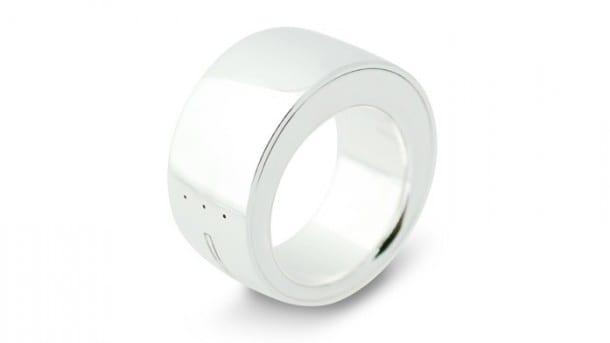 Wearable technology is the new darling of the tech world. But beyond the hype, these nascent technologies are full of potential for the field service industry. Here’s a look at some of the real-world field service applications of smart, connected devices, from augmented reality apps that could expedite technician training to wearable jewelry that responds to a user’s every movement:
Wearable technology is the new darling of the tech world. But beyond the hype, these nascent technologies are full of potential for the field service industry. Here’s a look at some of the real-world field service applications of smart, connected devices, from augmented reality apps that could expedite technician training to wearable jewelry that responds to a user’s every movement:
Move Over, Google Glass: Cheaper Smart Glasses for the Field
It’s still early days for smart glasses, but the technology has big productivity and cost-saving potential in field service. The Google Glass headset technology gets a lot of headlines, buts it’s not the only wearable headset at the party. Epson’s Moverio BT-200 costs $699 and is available for pre-order. By comparison, Google Glass costs $1,500 and is only available to limited beta users.
Developers eager to capitalize on the smart glass hype showed off their applications this week at South by Southwest, the annual tech confab in Austin, Texas. One of the most exciting developments for field service came from APX Labs, a company that helps developers create smart glasses apps for industries like field service and manufacturing. Smart glasses app developer Thalmic Labs, meanwhile, demoed its Myo wearable armband, which connects to smart glasses from Google, Epson and other manufacturers. The armband responds to the electrical impulses in a person’s arm, allowing a user to control where data, charts and other information appear in their line of sight.
Read more at Tom’s Guide and Mobile Enterprise
Augmented Reality in Field Service
HP’s augmented reality application, Aurasma, recognizes images captured by a phone or tablet camera, and then displays additional information over the image. HP launched Aurasma six months ago, and it’s already caught on in several industries such as education and film, allowing users to watch trailers or buy tickets by simply pointing their device at a movie poster. Could field service be next? While still in developmental stages, augmented reality apps like Aurasma could help field service organizations train employees and equip techs in the field with product and equipment information with the point of a camera.
Read more at PCWorld
A Ring to Rule Them All
 These days, even jewelry gets the wearable treatment. Enter the Logbar Ring, which connects to all manner of smart devices — phones, watches and glasses, among others — and responds to a user’s finger gestures.
These days, even jewelry gets the wearable treatment. Enter the Logbar Ring, which connects to all manner of smart devices — phones, watches and glasses, among others — and responds to a user’s finger gestures.
So, what’s interesting for field service? The Ring allows users to program certain gestures, which connected devices then act upon. For example, a user could draw a square to access email or spell out a “T” to send a text message.
The bad news? It’s not waterproof, a major drawback for workers in the field. The Ring, available for $165 on Kickstarter, is expected to ship this summer.
Read more at Mashable
Distracted Driving No More?
Apple released its updated mobile operating system, iOS 7.1, this week. There’s one feature in particular that field service pros should pay attention to: CarPlay. The service connects a user’s iPhone or iPad to a vehicle’s entertainment system. CarPlay displays a version of the device’s screen on the vehicle’s in-dash display, allowing people to control music, send text messages, make calls and access maps without averting their eyes. Initially, CarPlay will only be compatible with select models of Ferrari, Mercedes-Benz and Volvo cars, though other automakers are scrambling to integrate their systems. Its use in fleets might be a ways off, but the hands-free driving benefits aren’t hard to imagine for techs who need to multitask en route to the next job.
Read more at Time

Share this: